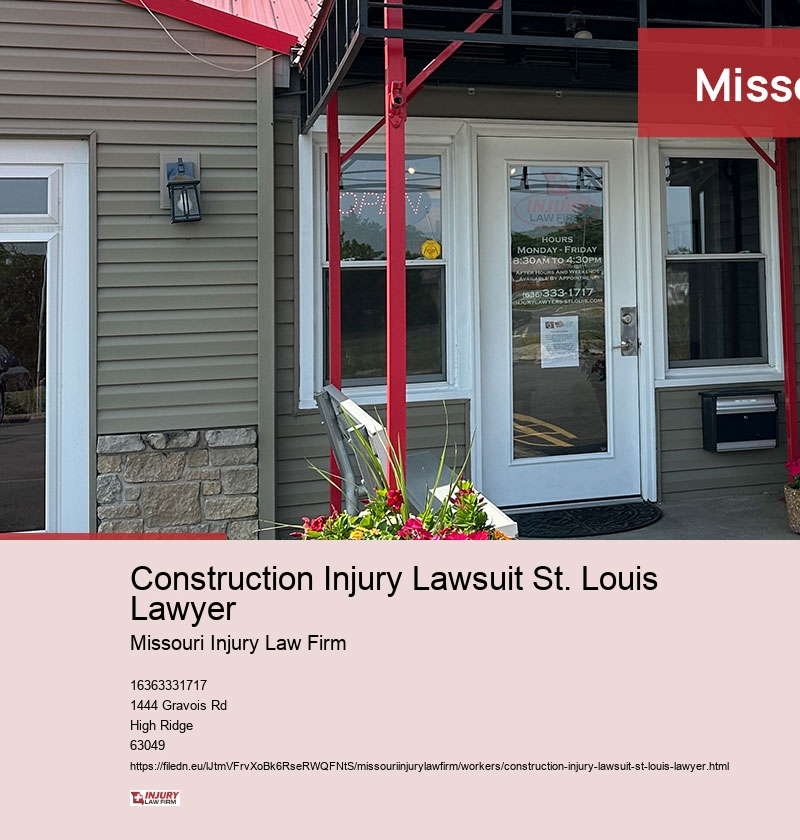Construction Injury Lawsuit St. Louis Lawyer
The Risks of Construction Sites in St. Louis
Construction sites are among the most dangerous workplaces, where harm often occur due to slips, equipment accidents, power surges, and structural failures. In St. Louis, where construction is a major industry, safety failures and carelessness frequently lead to critical worker trauma. These incidents not only cause physical harm but also monetary and psychological hardship, often leaving workers unable to continue employment. Laws set by the Occupational Safety and Health Administration (OSHA) are meant to protect employees, but many employers fail to follow, leading to avoidable incidents. Determining who is at fault is often complicated, as liability can fall on main builders, third-party workers, machinery suppliers, or site proprietors. The legal process for seeking compensation varies, with affected employees needing to decide between submitting a compensation case or pursuing a third-party lawsuit. insurers often attempt to minimize payouts, making legal representation essential to ensure claimants recover the compensation they are deserving of.
